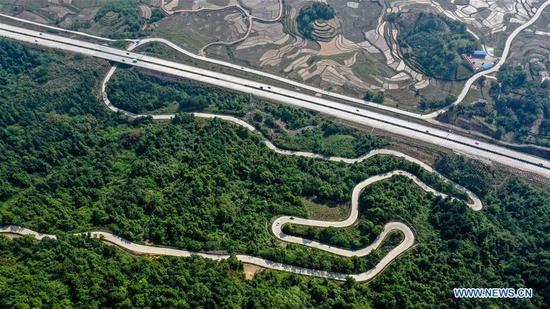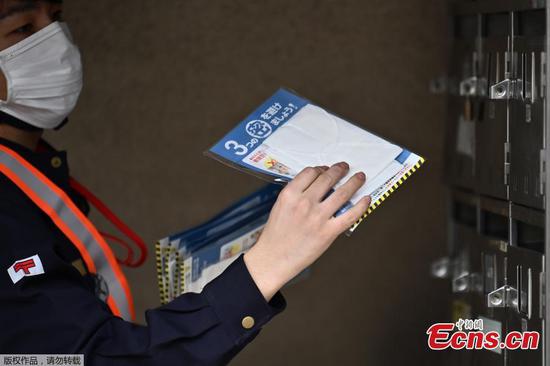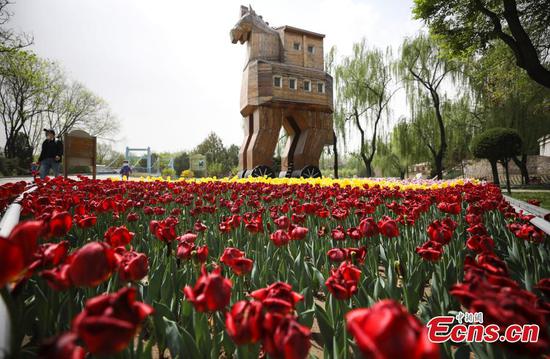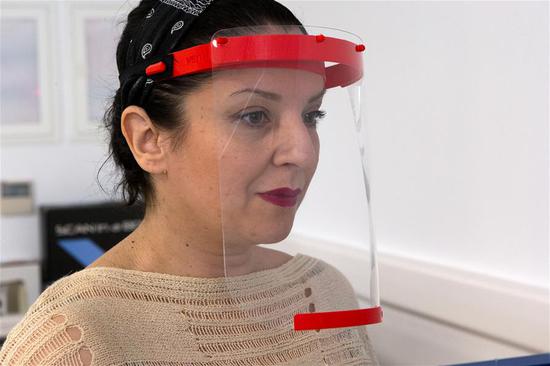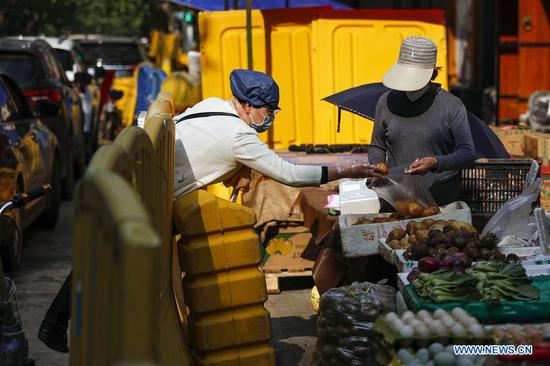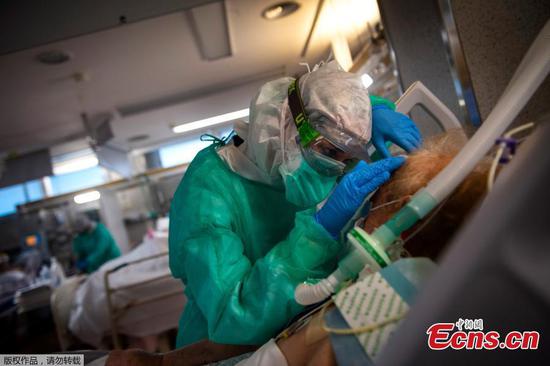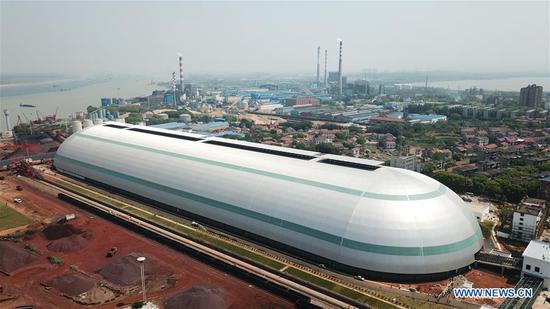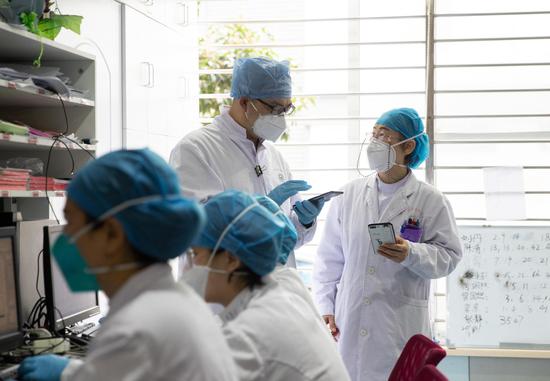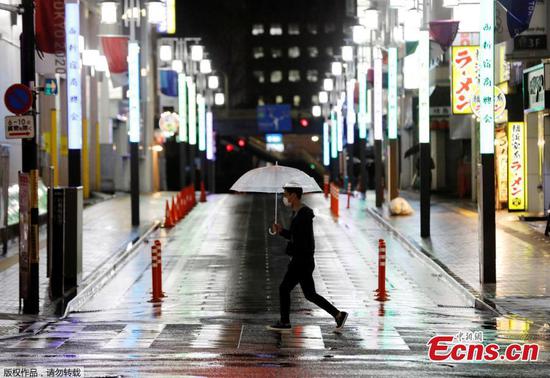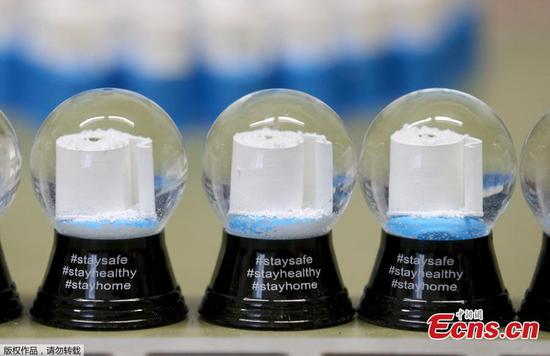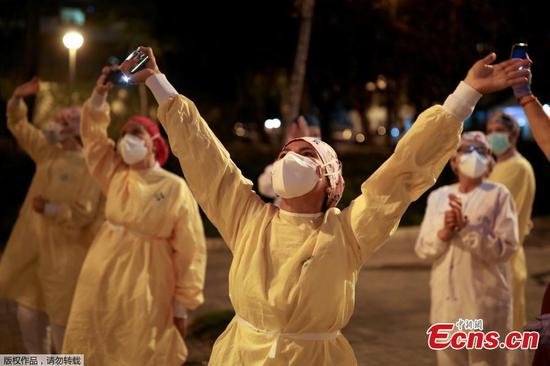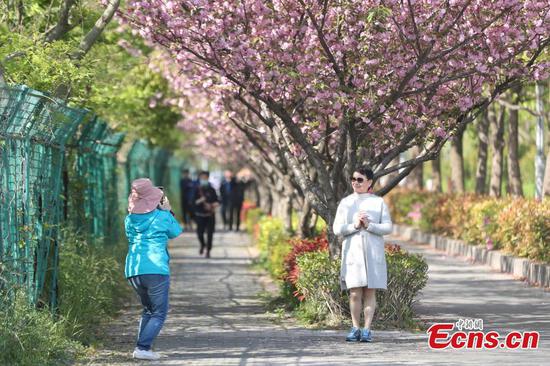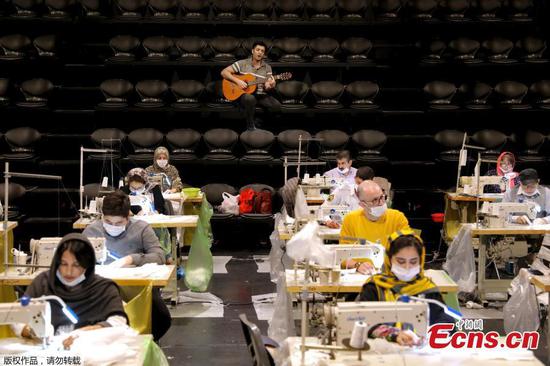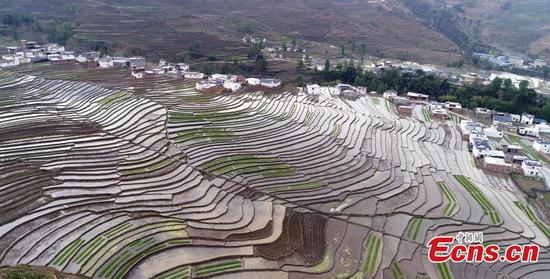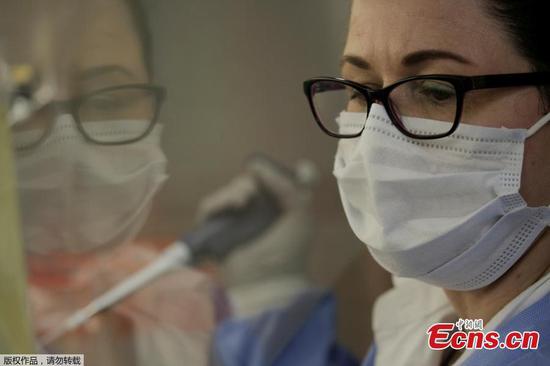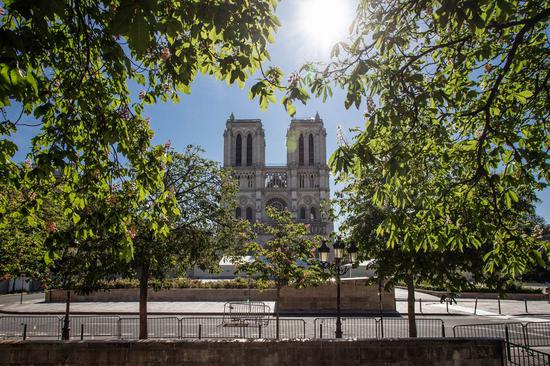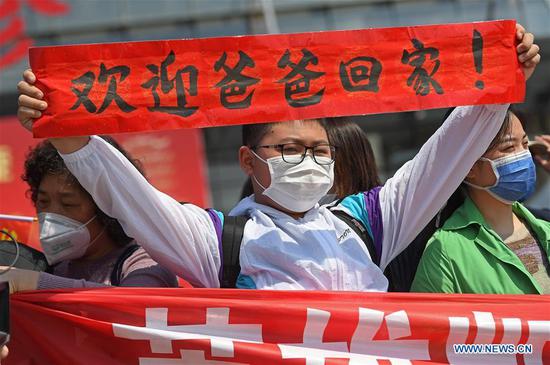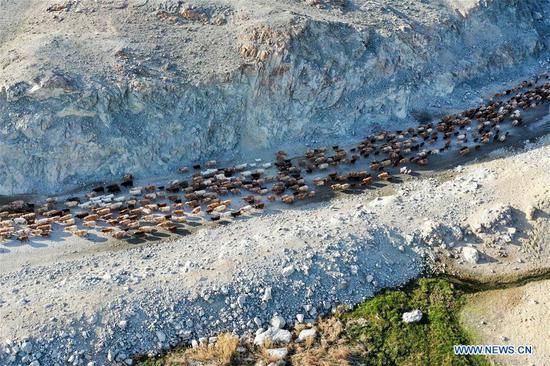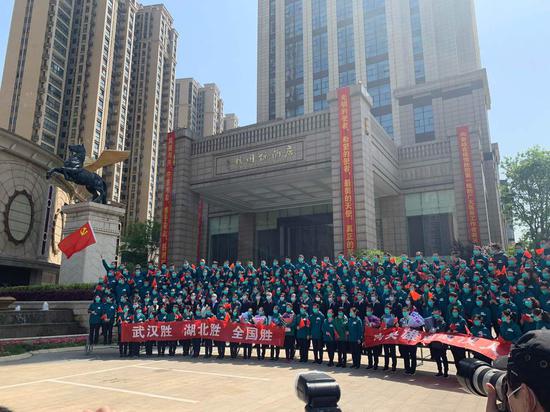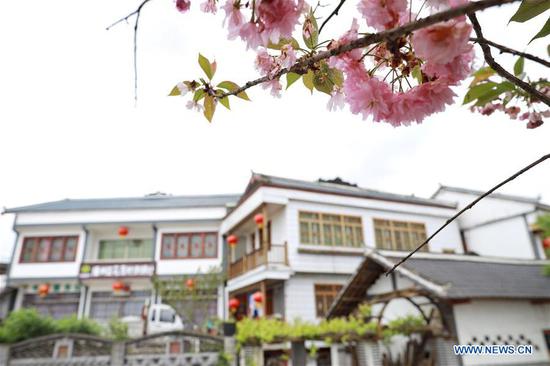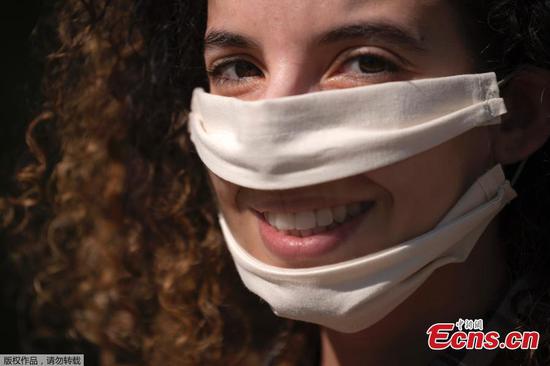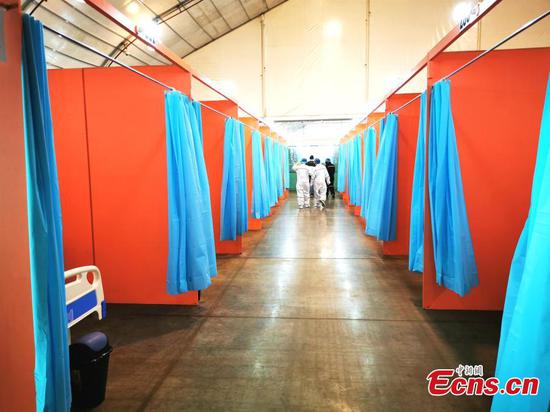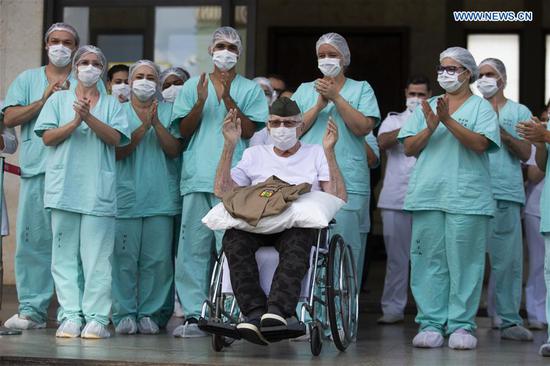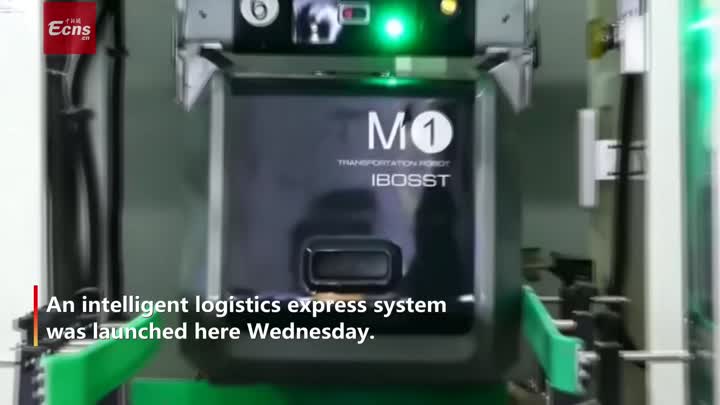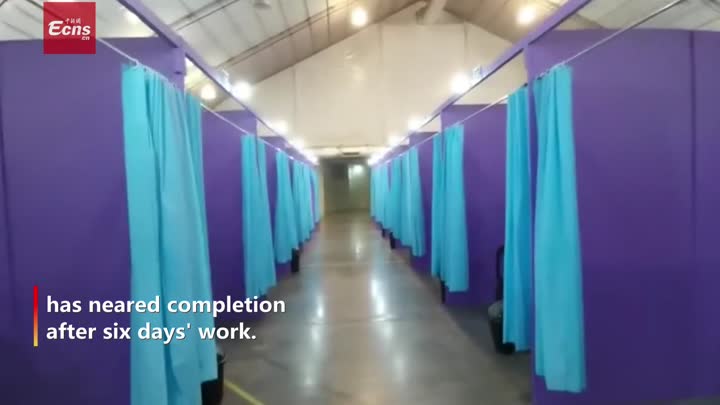While lockdown shields frail health system, curbs are hurting the poorest
India's stretched healthcare system is facing a huge challenge with the rapid spread of the coronavirus in a country where a national lockdown is hurting the poor particularly hard.
The biggest economy in South Asia has one doctor for every 1,500 citizens, well short of the ratio of one for every 1,000 advised by the World Health Organization, or WHO. In some rural areas, that ratio blows out to one doctor for more than 6,000 people.
On Tuesday, the country recorded its biggest single-day increase in virus cases, at 1,211, data from the WHO shows. By Friday, India had 12,380 cases, with 414 deaths.
An extension of the lockdown announced on Tuesday by Prime Minister Narendra Modi means that the social restrictions will, by May 3, be in force for 40 days. Although the extension of the lockdown comes with some exemptions, it still affects most of India's 1.3 billion people.
"We had no choice but to extend the lockdown, as we are trying to protect livelihoods," said Arvind Kejriwal, the chief minister of citystate Delhi, which, along with Maharashtra, accounts for more than a third of the reported cases.
Increased testing has contributed to the spikes in reported cases, following a revision to the government's testing protocols.
"Mass testing is the key to fighting the virus. At present we are nowhere in the game," Rahul Gandi, an opposition legislator with the Indian National Congress party, said on Twitter.
Lav Agarwal, a senior official at the Health Ministry, said: "The major effort is to break the chain of transmission. That is why we follow up for 28 days, and use that as the benchmark for deciding whether that has happened in a particular area. That is why we are promoting social distancing with the lockdown."
Across the country, there are now 602 dedicated COVID-19 hospitals with 1,06,719 isolation beds and 12,022 intensive care beds available under a contingency plan. Although India has been rapidly scaling up its response to the outbreak, an exponential rise in case numbers would outpace its capabilities.
However, the country can look to emulate the practices and the technological solutions applied in countries such as China, South Korea and Germany.
The need to seek out best practices, technical innovations, scientific breakthroughs and medical equipment to fight the pandemic was highlighted by Modi when he addressed the heads of Indian diplomatic missions.
Given the protracted battle against the virus, fears are growing for the huge economic impact to be borne by vulnerable sections of the population.
Appu Esthose Suresh, a senior fellow at Atlantic Fellows for Social and Economic Equity at the London School of Economics, said the lockdown will hit poor Indians very hard.
The poorest 500 million Indians had probably exhausted their cash reserves by Tuesday, and another 500 million would have been left with just half their reserves, he said.
Suresh cited his research on inequality in India using data related to the national government's decision to ban high value banknotes in November 2018.
Efforts are underway to minimize the economic impact of the pandemic on the poorest citizens. Hygiene measures are being introduced to ensure that the incidence of infections is brought under control in densely populated areas like the Dharavi district of Mumbai, known as Asia's biggest slum.
Dharavi, with 60 cases and seven deaths by Wednesday, is home to nearly 60,000 families-or more than 800,000 people.









